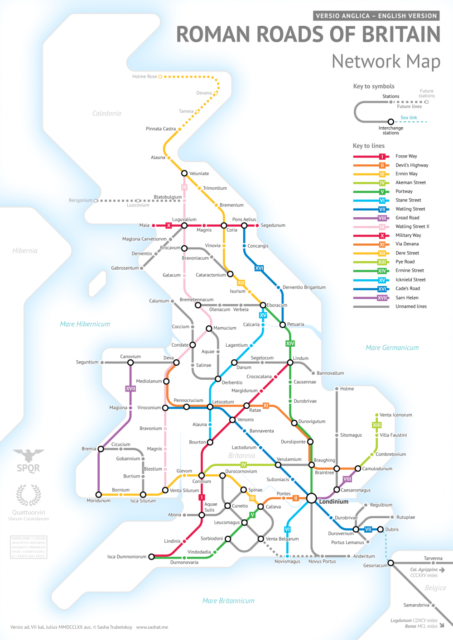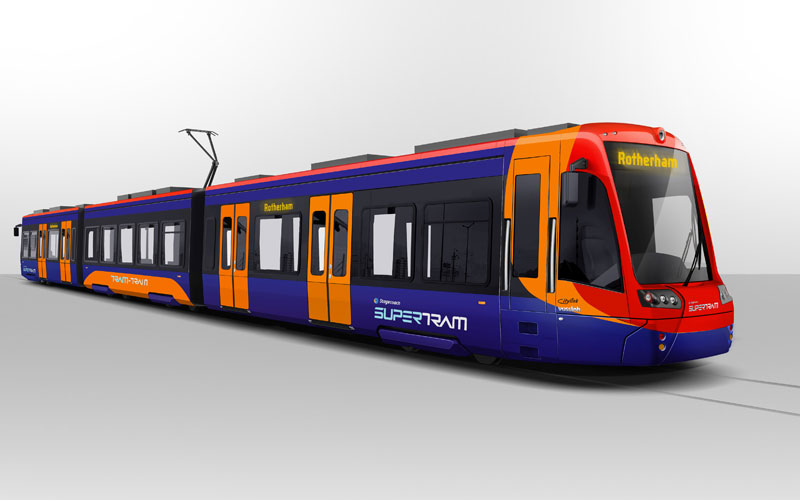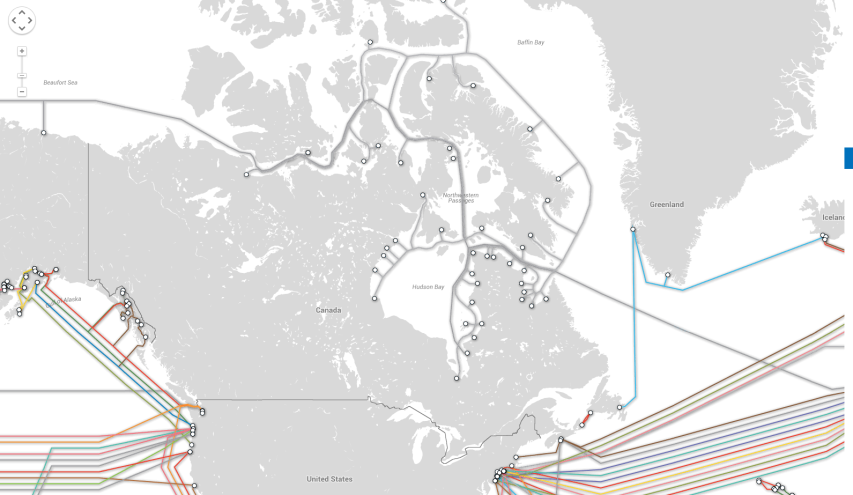Nick Gillespie on the heightening panic over the FCC’s reversal of the controversial Net Neutrality rules:
Current Federal Communications Commission (FCC) Chairman Ajit Pai memorably told Reason that “net neutrality” rules were “a solution that won’t work to a problem that doesn’t exist.”
Yet in 2015, despite a blessed lack of throttling of specific traffic streams, blocking of websites, and other feared behavior by internet service providers (ISPs) and mobile carriers, the FCC issued net neutrality rules that gave the federal government the right to punish business practices under Title II regulations designed for the old state-enabled Bell telephone monopoly.
Now that Pai, who became chairman earlier this year, has announced an FCC vote to repeal the Obama-era regulations, he is being pilloried by progressives, liberals, Democrats, and web giants ranging from Google to Netflix to Amazon to Facebook, often in the name of protecting an “open internet” that would let little companies and startups flourish like in the good old days before Google, Netflix, Amazon, and Facebook dominated everything. Even the Electronic Frontier Foundation (EFF), which back in 2009 called FCC attempts to claim jurisdiction over the internet a “Trojan Horse” for government control, is squarely against the repeal.
[…]
Yet the panic over the repeal of net neutrality is misguided for any number of reasons.
First and foremost, the repeal simply returns the internet back to pre-2015 rules where there were absolutely no systematic issues related to throttling and blocking of sites (and no, ISPs weren’t to blame for Netflix quality issues in 2013). As Pai stressed in an exclusive interview with Reason last week, one major impact of net neutrality regs was a historic decline in investment in internet infrastructure, which would ultimately make things worse for all users. Why bother building out more capacity if there’s a strong likelihood that the government will effectively nationalize your pipes? Despite fears, the fact is that in the run-up to government regulation, both the average speed and number of internet connections (especially mobile) continued to climb and the percentage of Americans without “advanced telecommunications capability” dropped from 20 percent to 10 percent between 2012 and 2014, according to the FCC (see table 7 in full report). Nobody likes paying for the internet or for cell service, but the fact is that services have been getting better and options have been growing for most people.
Second, as Reason contributor Thomas W. Hazlett, a former chief economist for the FCC, writes in The New York Daily News, even FCC bureaucrats don’t know what they’re talking about.
Hazlett notes that in a recent debate former FCC Chairman Tom Wheeler, who implemented the 2015 net neutrality rules after explicit lobbying by President Obama, said the rise of AOL to dominance during the late 1990s proved the need for the sort of government regulation he imposed. But “AOL’s foray only became possible when regulators in the 1980s peeled back ‘Title II’ mandates, the very regulations that Wheeler’s FCC imposed on broadband providers in 2015,” writes Hazlett. “AOL’s experiment started small and grew huge, discovering progressively better ways to serve consumers. Wheeler’s chosen example of innovation demonstrates how dangerous it is to impose one particular platform, freezing business models in place.”






